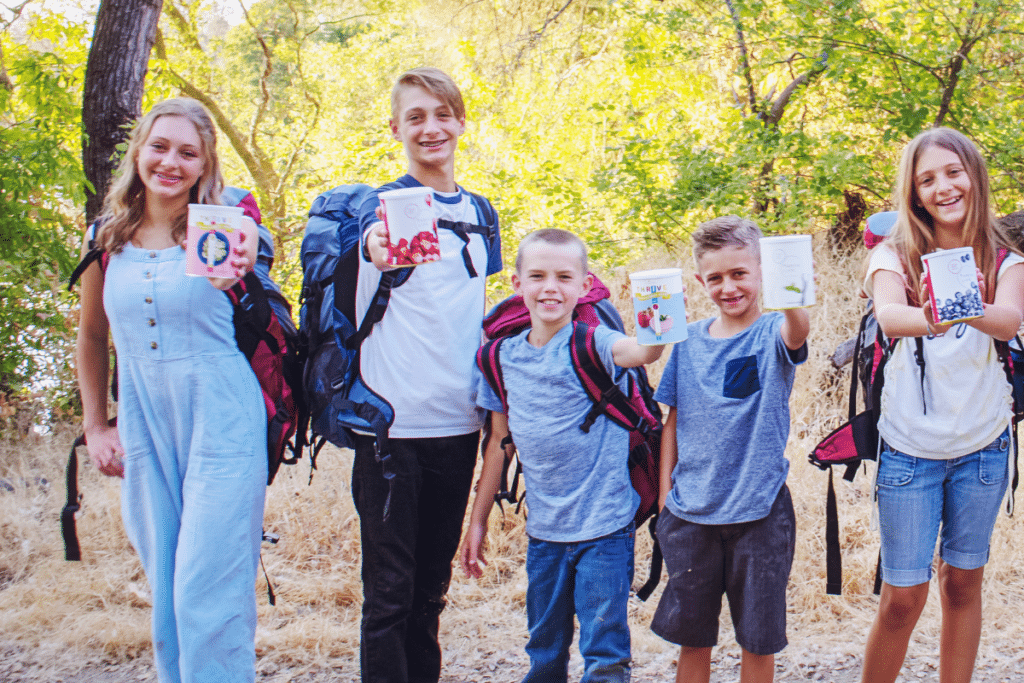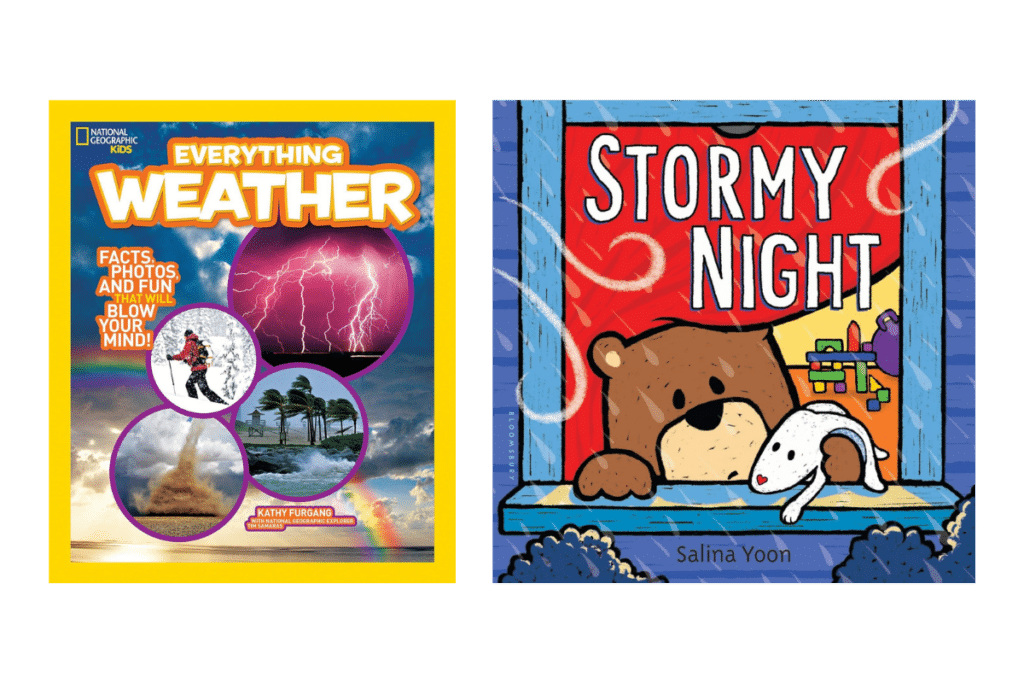
The Best Apps for Emergency Situations
Whether it’s a personal, local, national or worldwide disaster, there are apps for emergency situations. Use this list as a guide to help you through any emergency.

**This post contains affiliate links, which means if you click on a link and make a purchase, I may make a small commission at no extra cost to you.
Disaster anxiety is real. In fact, there are named phobias for all of the various storm anxieties! For example, Lilasophobia is the term for a fear of tornadoes or hurricanes. This heightened sense of anxiety is more prevalent in kids and it’s something parents can easily help them overcome. Keep reading to learn how to prepare kids for emergencies.
In today’s post, we’ll tackle some common questions about children and disasters, sharing a variety of resources to help your kids know what to do during an emergency situation and skills they can use if they’re away from home when disaster strikes.
Peace of mind for you and confidence for your kids. Let’s get to it.
How can you expect to calm storm anxiety in your kids when you have storm anxiety?
It’s a legitimate question! You know how the flight attendant always tells adults to put on their own oxygen mask first? The same thing applies when it comes to helping prepare kids for emergencies on the ground.
Not feeling confident in your own emergency preparedness? Check out my Quick & Easy Preparedness course. You’ll get bite-sized, high impact tasks that are simple enough for your whole family to do together. If you feel overwhelmed by all the different things you could be doing, Quick & Easy is a great place to begin.
Kids are good at sensing the emotions in a room. They might not know that’s what they’re reacting to, but they do pick up on subtle cues from the person in charge. That might be a parent, a teacher, a babysitter, or even an older sibling. Chances are if the caretaker is anxious and afraid, the kids will be too.
Here are a few things you can do to help kids realize that emergency preparedness is not a scary thing:
Don’t let this be a one-time thing; plan to have recurring discussions related to emergency preparedness and review things often.

If it’s an emergency that’s concerning to you, then it’s an emergency that you should talk to your kids about. You don’t need to go into every single detail or possibility, but it is important to be realistic and honest. Think about things that are more likely to happen where you live. This is not an all-inclusive list, but these are topics that all families should be discussing on some level.
Emergency preparedness for children is a serious topic, but talking about it can also be fun for them! You don’t need to make it a full-blown party, but get them engaged in the process by getting them moving around! Here are a few ideas for activities you can do with them:
**Most of these are linked to additional resources, so be sure to click on the activities that are appealing to you
There are so many things you can do to involve your kids in emergency preparedness. Not only will they know where stuff is located in your home, but you will all feel more confident in knowing what to do if you find yourself in an emergency situation.
For more ideas for kids of all ages, Ready.Gov is a great resource for games, information and tips on preparing kids for emergencies.
Emergencies don’t play favorites. Your whole family will not always be at home when disaster strikes. It’s important to talk to your kids about what they should do and where they might find help if they’re at school, work, church, a friend’s house, etc.
One of the best things you can tell your kids is to look for the helpers. Helpers can be a teacher or school administrator or a first responder. Create opportunities for your kids to get familiar with what the different emergency personnel look like and sound like. I had a great discussion about this with firefighter Jeff.
**You can access the entire list of candid Q&A with a firefighter in the Quick & Easy Preparedness Challenge.
Or you might want to check out Personalized Preparedness. It’s a membership full of emergency preparedness topics that are totally appropriate for the whole family. I’ve even had a few people say they plan to use some of the lessons as part of their homeschool curriculum. Such a great idea!
Just because the main event is over, doesn’t mean you’re done helping your kids through it.
Continuing to give them a chance to ask questions can be really helpful for them to process their thoughts and feelings about what they experienced.
When kids ask questions, try to be as honest as you can, considering their age and ability to understand. Let them talk about what they’ve been through or what they’re hearing from other sources. And just like pre-emergency anxiety, let them know that however they’re feeling is valid.
And most importantly, help them see the good. You don’t need to be overly positive, but helping kids feel safe, calm and hopeful is really important.

Whether it’s a personal, local, national or worldwide disaster, there are apps for emergency situations. Use this list as a guide to help you through any emergency.

Do you know what it takes to prepare for a hurricane? Learn what to do before a hurricane, how to prepare for evacuation and get a hurricane preparedness list

Why you should schedule an emergency preparedness weekend every 6 months, and what you should be doing, reviewing, rotating, and maintaining. Free printable checklist!

